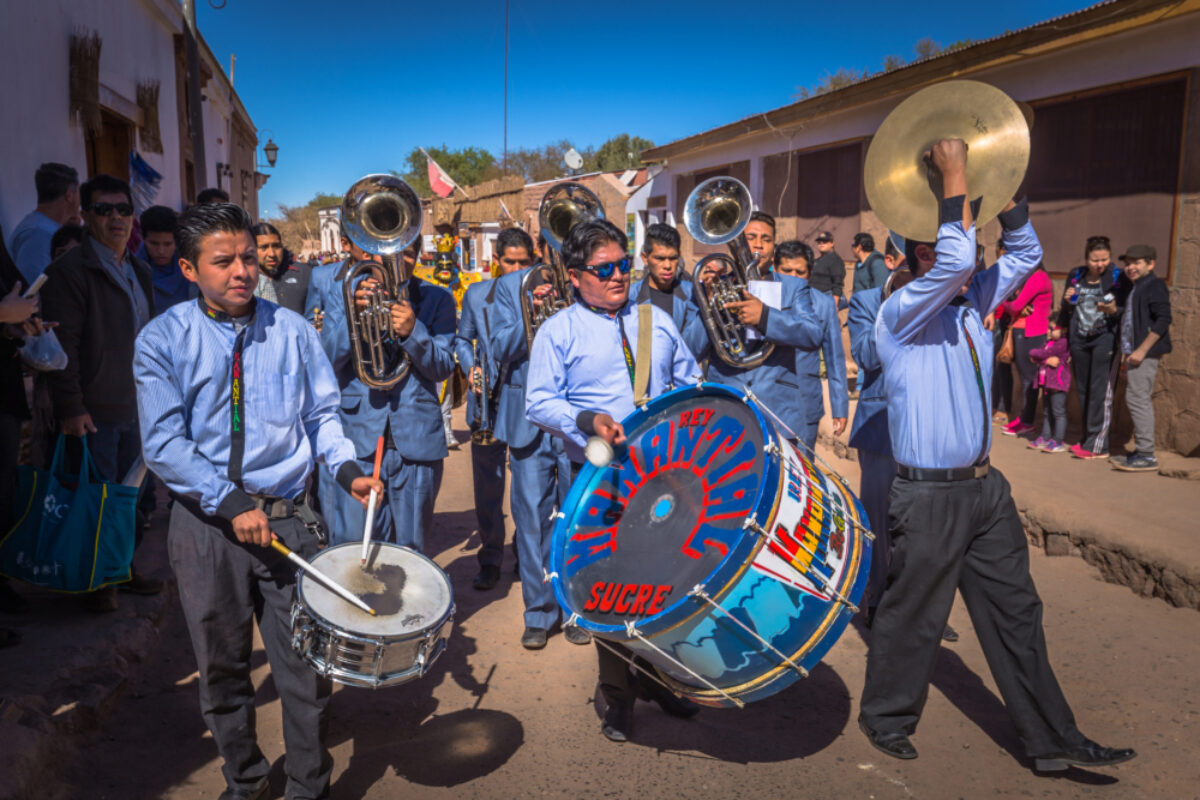When To Go To Chile
Climate, seasons and events
Seasons & climate
Chile’s unique shape and vast length (it measures 4,300km from north to south) makes it hard to pinpoint the best time to travel to Chile. The north is mild with very little rainfall in the desert, the centre has a temperate, Mediterranean style climate and the south cold near the Andes mountains.
For those visiting Patagonia in the south, October and November offer clear skies and fewer crowds than the peak months of December and January. Santiago and central regions are at their coldest and wettest between May and August, while the Atacama desert region to the north is a year-round destination.
Month-by-month
December and January are the best — and most popular — months to visit Patagonia in the south of Chile. Accommodation in Torres del Paine gets booked up well in advance, so instead visit the central regions and Santiago, which is quieter as residents head out of the city on holidays. Be aware that the Atacama desert in the north has experienced freak heavy rainfall between January and February in recent years.
March to April sees crowds dwindle in the south and temperatures ease in central regions. This can be an excellent time to visit central Chile’s wine regions or to go hiking.
Winter hits Chile hardest between May and August when it can get cold and wet. For the adventurous, this can be an exciting time to visit Chilean Patagonia, with Torres del Paine remaining open to visitors — look out for elusive pumas. Alternatively, head to the northern regions, which are accessible year round.
Spring sets in around October, with the Lake District awash with flowers and new blooms and temperatures rising in Torres del Paine. This is one of the best times to visit Chile if you want fair weather from north to south.

Events and holidays
The start of the year is peak summer season, with Chileans flocking to beaches and celebrating with music festivals and special feasts across the country. Brotes de Chile, the country’s biggest folk festival takes place in the second week of January, while the religious Fiesta de la Candelaria (early February) sees thousands of pilgrims converge on Copiapo in the north. Look out for the two-week Tapati Rapa Nui festival on Easter Island, which sees dancers, music and cultural events.
Late February to early May sees several Fiestas de la Vendimia (grape-picking harvests). These celebrations include grape stomping, wine tasting and folk dances across Chile’s wine-producing regions.
Chile’s winter sees the ski resorts gearing up, with music festivals common off-piste. Travellers in northern Chile in July can experience the Festival de la Virgen del Carmen, when 40,000 pilgrims take to La Tirana’s streets to pay homage to Chile’s virgin. Expect street dancing, parades and lots of fireworks.
September 18th is Chilean Independence Day, with the week-long Fiestas Patrias revelry including barbecues, wine-drinking and parties all over Chile.




